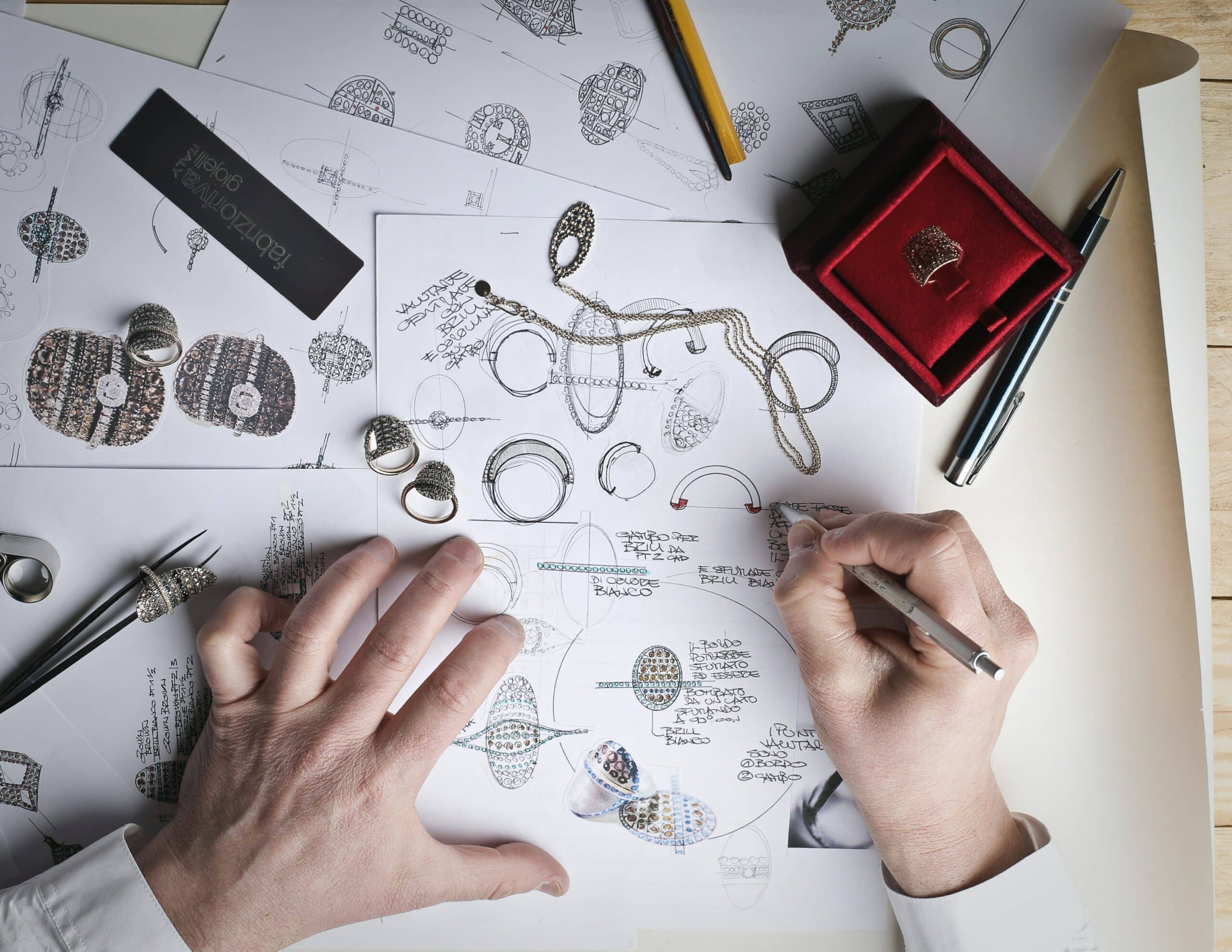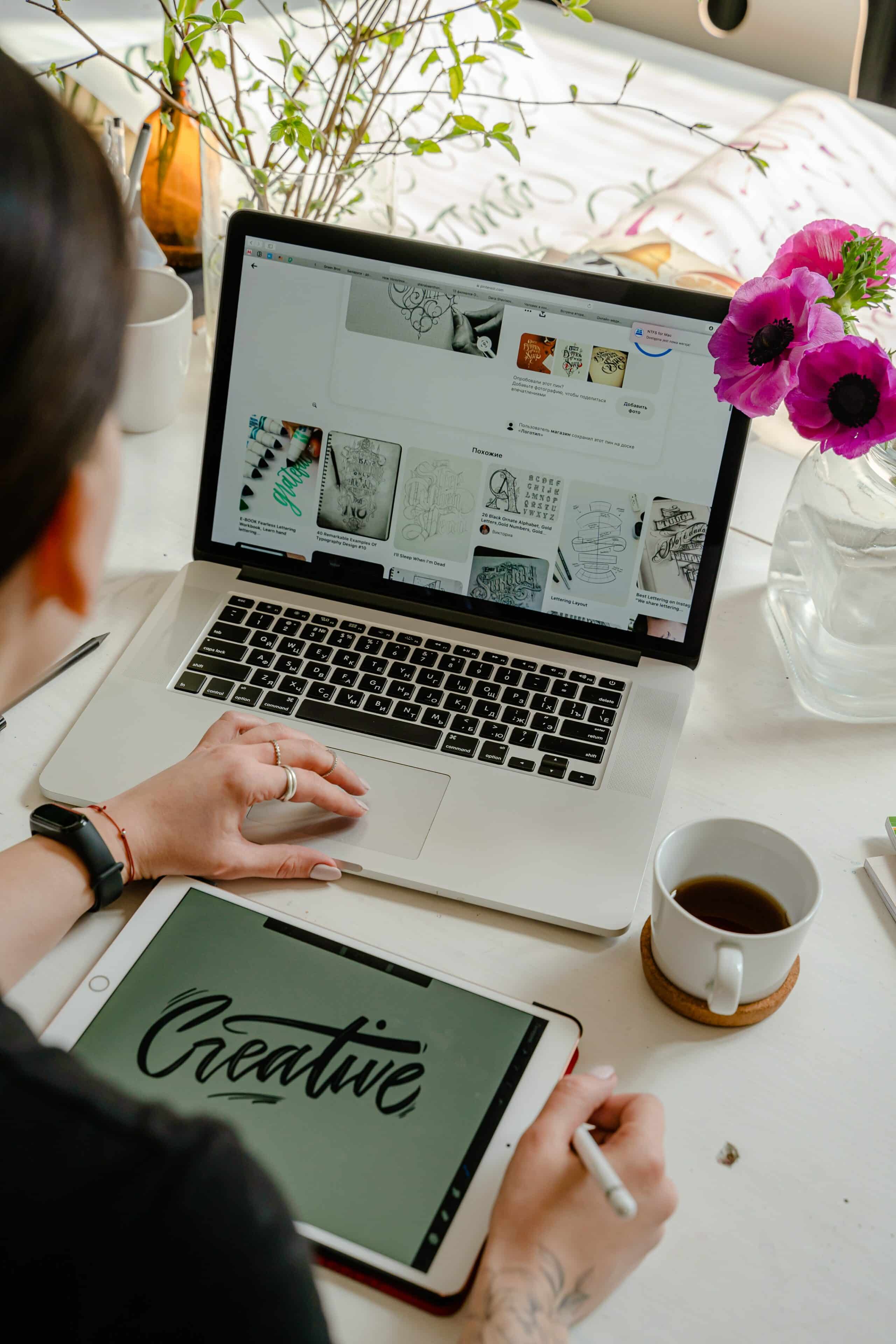
2020 changed everything for everyone, and the role of design has emerged stronger than ever. Design is playing a more critical role than ever in making the world an accessible, healthier, and better place. Here are a couple of scenarios where design is or is poised to make a difference:
There are a lot of lessons that the design teams must learn to help them dive into 2021 a little bit more prepared. Lessons like how to collaborate beyond Zoom calls, how to make an impact beyond products, how to incorporate lessons from voices that are still not in the mainstream, how to organize themselves beyond their bubbles, and how to improve their craft beyond artboards.
In 2021, if you’re leading a design team or are a part of one, you must act more than talk and listen more than act. As Harrison Wheeler at LinkedIn says, “The design community must not stay silent.” So, here’s how 2021 will pan out; just strap on your seatbelts to prepare your teams for the coming year.

Image source: https://www.pexels.com/photo/jewelry-designer-designs-jewelries-on-paper-1050312/
The first kit in your arsenal – design tools. Tools and software are a must-have for design teams to boost creativity – generating color combos, removing backgrounds, increasing image resolutions, and much more. They also offer a lot of resources for instant inspiration. Today’s AI-based design tools can speed up workflows by managing tedious tasks that require a lot of time and effort.
We list out a few here.
UXPin – This tool is the “one” when it comes to prototyping. It covers all aspects of the initial design process, from rapid prototyping to testing interactive UI designs. The tool offers readymade template libraries, making rapid prototyping much easier; you can simply drag quick mockups onto your canvas and start designing. You can also test your designs live on mobile devices.
Figma – It’s unique in the sense that it allows designers to collaborate in real-time. Since it’s cloud-based, you can simply send a URL of a prototype so that the website can load as it would appear once it is live in the browser. This helps clients to make informed decisions. Fresh new UI options are coming in 2021 for more flexibility.
Adobe XD – A vector-based tool, it helps design teams to rapidly create web design mockups and prototypes to display connections between the views. You can create UI designs for both desktop and mobile screens. And this tool also integrates seamlessly with other frequently-used tools like Microsoft Teams, Slack, Trello, and more.
Miro – It’s like a virtual space for designers to collaborate in real-time. Think of it as Microsoft Paint, Google Docs, Canva, and much more combined in one! It offers you built-in templates to build your own product roadmaps, product teardowns, growth marketing strategies, storyboard design, or simply doodling.
Marvel – The tool offers cloud-based prototyping and wireframing across multi-device apps. It has quickly emerged as an innovative option for storyboarding new applications. You can take pictures of your hand sketches and create a live application with drawings without the need for coding. It also offers great integration with platforms like Slack and automated user testing on desktop and mobile devices. Marvel is increasingly matching steps with another popular tool Invision.
Notion – Designers do a lot of project management that they realize. Notion is an enhanced online workspace that includes powerful tools to take notes, list tasks, and file information from wikis and databases. Its robust structure allows you to flexibly create and organize content, work items, or database components. It works with browsers, as a desktop app, and on mobile devices with native apps.
“The robots are coming to take your jobs.” How many times we’ve heard this? But, we always think of it either as something that will happen way in the future or something limited to industries like manufacturing and retail. The truth is – automation is slowly spreading its tentacles in design, and everyone from the in-house teams at the product companies to graphic design agencies will be affected by it.
A recent Forrester report says, creative and media agencies are on track to lose 11% of jobs to automation by 2023 and 2032, respectively. The report further says that the composition of agencies is already or is poised to undergo a sea change.
However, Forrester also notes that not all is lost. Agencies and in-house design teams must use what the firm terms as “intelligent creativity” – the combination of humans and machines — as an organizing principle and strategy to recover from the economic toll of the pandemic in 2021 and beyond. And teams which are going to accelerate automation and integrate it with their existing offerings have the best opportunity to thrive.
For instance, the discipline of design has become completely democratic. People who might not have any artistic sensibilities whatsoever are bringing amazing designs to life. There are several choices of pre-designs and layouts that help in creating a custom-made design in no time. Graphic design, in itself, has become more of an elementary skill than a specialized profession. Organizations and creatives across the globe now buy templates at a nominal price to focus on creating content over existing layouts and designs with limitless choices and endless iterations. Grid for web designing and Canva for making posters are two good examples.

Image source: https://www.pexels.com/photo/person-using-macbook-pro-on-table-4348403/
And this is where creative automation comes in as a savior for agencies. Of course, that’s not to say that the entire creative process should be handed over to computers. Smart, creative design requires deeply imaginative skills that are highly nuanced and inherently human. But your teams can save countless hours with creative design automation by assigning time-consuming tasks like:
Mockups: All the tools we mentioned above and more can save a lot of time for your teams. You can also use batch automation or smart object replacement scripts to speed up repetitive mockup-making tasks like image resizing or editing.
Presentations: Tools like Invision, Slidebean, Piktochart help you share and present your design mockups across teams quickly and collaborate in real-time.
Feedback and approvals: These can take forever. Using creative automation software like Filestage or Approve, you can streamline and expedite your approval process across multiple teams and departments instead of spending time checking over emails.
Task automation: Automating certain specific tasks will also speed up your decision-making process. Tools like Trello will help you organize workflows, resulting in improved connectivity between teams. Tools such as Zapier can help you create automated actions across a wide range of platforms without having to write any code. This also promotes time-efficient remote collaboration techniques.
Other mundane jobs: There are just so many of them – batching editing, file resizing, image retouching. Agreed, these are essential for creativity, but they are also time-consuming. Using digital asset management (DAM) software like Google Drive, Dropbox, Smartsheet, you can reduce the risk of inadvertent errors.
So, you see, automation can liberate design teams from the routine tasks that steal their focus away from being creative.
No one knows how 2021 will pan out in terms of design. What was supposed to happen over a decade was crammed into 2020 in one shot. But one thing is for sure. Design will play a critical role in shaping social movements. It’s the designers’ time to shine! How are you preparing your teams?